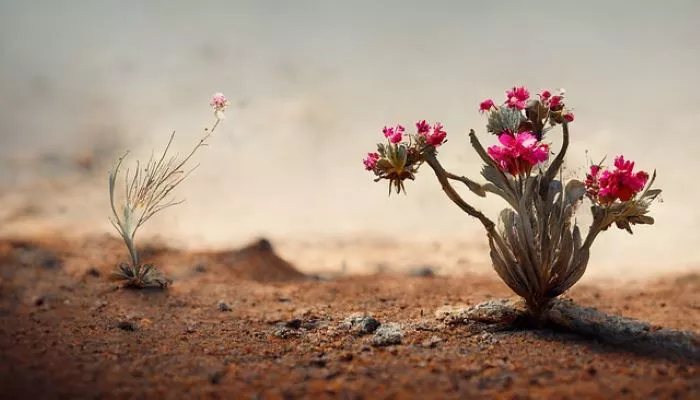Cacti are unique plants known for their resilience and ability to thrive in harsh environments. Many cactus enthusiasts are drawn to these plants not only for their interesting shapes and textures but also for their beautiful flowers. However, getting a cactus to bloom can sometimes be challenging. This article provides a comprehensive guide on how to encourage your cactus to flower. It covers the essential factors involved in the blooming process, including species selection, environmental conditions, care practices, and more.
Understanding Cactus Flowers
Cactus flowers come in various shapes, sizes, and colors. Some species produce large, showy blooms, while others have smaller, more delicate flowers. The flowering process varies among species, and some cacti may take several years to mature before they bloom. Understanding the specific needs of your cactus species is crucial for promoting flowering.
Choosing the Right Cactus Species
Not all cacti are created equal when it comes to flowering. Some species are more likely to bloom than others. If you want to grow a cactus that produces beautiful flowers, consider species known for their floral displays. Popular flowering cacti include Echinopsis, Gymnocalycium, and Schlumbergera. Research the specific requirements of these species to ensure successful blooming.
Providing Adequate Light
Light is one of the most critical factors in encouraging cactus flowers. Most cacti thrive in bright, direct sunlight. Ideally, your cactus should receive at least six to eight hours of sunlight each day. Insufficient light can lead to weak growth and prevent flowering. If you are growing your cactus indoors, place it near a south-facing window or use grow lights to provide adequate light exposure.
Maintaining Optimal Temperature
Temperature plays a significant role in the blooming process of cacti. Most cacti prefer warm temperatures during the growing season, typically between 70°F and 100°F (21°C to 38°C). During the winter months, many cacti benefit from a cooler dormancy period, with temperatures dropping to around 50°F to 60°F (10°C to 15°C). This temperature drop signals the cactus to prepare for blooming in the spring. Avoid exposing your cactus to extreme temperature fluctuations, as this can hinder its ability to flower.
Watering Practices
Proper watering is essential for cactus health and flowering. Cacti are adapted to dry conditions and require less water than most plants. During the growing season, water your cactus when the soil is dry to the touch. Ensure that the pot has good drainage to prevent water from accumulating at the bottom. Overwatering can lead to root rot, which can prevent flowering. In the winter months, reduce watering frequency as the cactus enters dormancy.
Fertilization for Blooming
Fertilizing your cactus can provide the nutrients needed for healthy growth and flowering. Use a balanced cactus fertilizer during the growing season, typically from spring to early fall. Fertilize every four to six weeks to ensure your cactus receives adequate nutrients. Look for fertilizers that are low in nitrogen and higher in phosphorus and potassium, as these nutrients can promote blooming. Avoid fertilizing during the winter dormancy period.
Encouraging Dormancy
Many cacti require a period of dormancy to trigger flowering. During this time, the plant conserves energy and prepares for the next growing season. To encourage dormancy, reduce watering and maintain cooler temperatures during the winter months. This practice helps signal to the cactus that it is time to rest and recharge, ultimately promoting flowering in the spring.
Repotting and Soil Conditions
Repotting your cactus can also influence its ability to bloom. Cacti prefer well-draining soil, so use a cactus mix or create your own by combining potting soil with sand or perlite. Repot your cactus every few years or when it outgrows its container. This process helps refresh the soil and provides more space for growth. Be careful not to disturb the roots too much during repotting, as this can stress the plant.
Patience and Observation
Encouraging a cactus to flower requires patience. Some species may take several years to bloom, especially if they are young or newly planted. Observe your cactus regularly to monitor its growth and health. Look for signs of blooming, such as flower buds forming. When you see these buds, it is a good sign that your care practices are working.
Conclusion
Getting your cactus to flower is a rewarding experience that requires attention to detail and an understanding of the plant’s needs. By choosing the right species, providing adequate light, maintaining optimal temperatures, and following proper care practices, you can encourage your cactus to produce beautiful blooms. Remember that patience is key, as flowering may take time. With the right approach, you can enjoy the stunning flowers of your cactus and enhance the beauty of your indoor or outdoor space.

